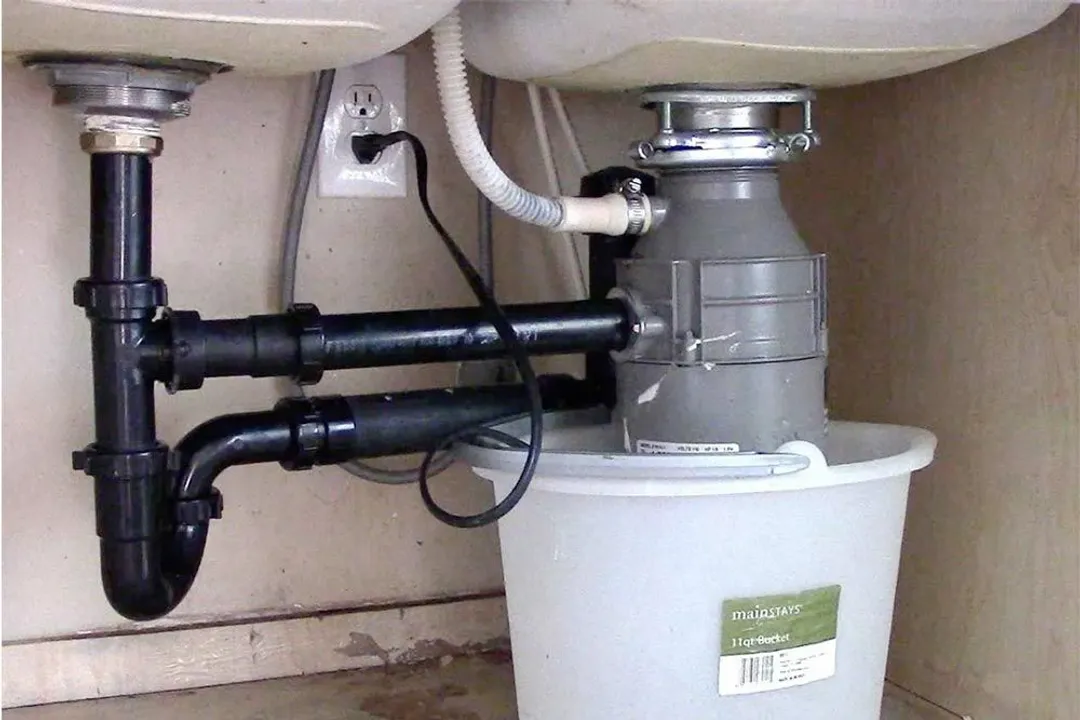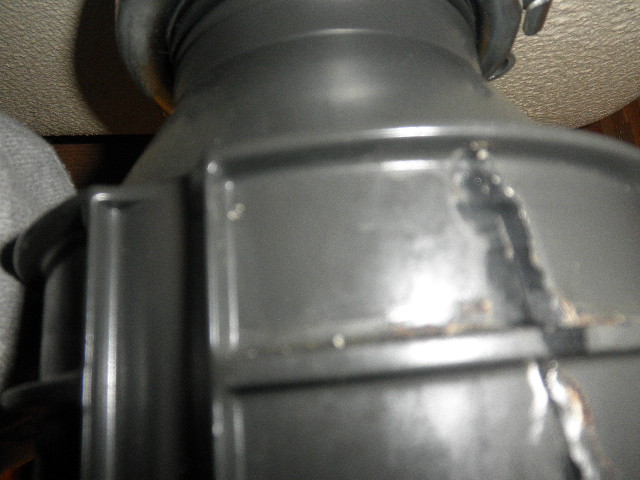Top Tips for Fixing a Leaking Waste Disposal Unit
Top Tips for Fixing a Leaking Waste Disposal Unit
Blog Article
The content listed below involving Why Is My Garbage Disposal Leaking From the Bottom? is unquestionably informative. Don't miss out on it.

Garbage disposals are essential kitchen area devices that help in dealing with food waste successfully. However, a leaking waste disposal unit can be a frustrating and untidy problem to take care of. The good news is, lots of leakages can be repaired conveniently with a few straightforward actions. In this post, we will certainly go over just how to repair a leaking waste disposal unit efficiently.
Intro
Waste disposal unit are set up under cooking area sinks and are made to shred food waste right into smaller pieces, permitting it to travel through the plumbing system conveniently. While these devices are typically reputable, leakages can occur with time because of wear and tear, loose links, or damage to the device.
Step-by-Step Guide to Taking Care Of a Leaking Waste Disposal Unit
Turn Off the Power
Before attempting any type of fixings, guarantee that the power to the garbage disposal system is shut off to avoid the threat of electrical shock.
Situate the Leakage
Recognize the exact location of the leak and figure out the reason
Tighten Links
Make use of a wrench to tighten any loose connections between the disposal unit and the plumbing system.
Change Seals or Gaskets
If the leakage is because of used seals or gaskets, get rid of the old components and change them with brand-new ones.
Patching Cracks or Holes
For fractures or holes in the disposal system, usage epoxy or an ideal patching material to seal the broken area.
Identifying the Source of the Leak
Prior to trying to fix a leaking garbage disposal, it is important to identify the source of the leak. This can commonly be done via aesthetic examination or by conducting simple tests.
Visual Evaluation
Examine the garbage disposal system very carefully for any type of indications of water leakage. Pay close attention to areas around seals, gaskets, and link factors.
Evaluating for Leaks
One means to check for leaks is by running water with the disposal unit and checking for any kind of noticeable indications of leakage.
Usual Root Causes Of Leaks in Rubbish Disposals
Worn Seals and Gaskets
Seals and gaskets play an essential duty in avoiding water from dripping out of the waste disposal unit. In time, these elements can wear away, causing leakages around the disposal unit.
Loose Connections
The connections in between the waste disposal unit and the pipes system can end up being loose with time, causing water to leakage out throughout procedure.
Fractures or Openings in the Disposal System
Physical damage to the garbage disposal, such as cracks or holes in the real estate, can also result in leakages.
Tools and Materials Needed for Taking Care Of a Leaking Waste Disposal Unit
Before starting the repair work process, gather the needed devices and materials, consisting of a screwdriver, adjustable wrench, plumber's putty, substitute seals or gaskets, and epoxy or patching product for repairing cracks or holes.
Checking the Garbage Disposal After Repair
As soon as the fixing is full, test the waste disposal unit by running water with it to make certain that the leakage has been settled.
Preventive Maintenance Tips to Avoid Future Leakages
To avoid future leakages, it is important to perform routine upkeep on your garbage disposal. This includes maintaining it clean, avoiding putting non-food items or difficult items down the disposal, and occasionally looking for leaks or other problems.
Final thought
Finally, repairing a dripping garbage disposal is a relatively uncomplicated process that can be completed with fundamental devices and materials. By complying with the actions described in this post and practicing preventive maintenance, you can keep your garbage disposal in good working problem and stay clear of pricey repairs in the future.
HERE’S HOW TO FIX YOUR GARBAGE DISPOSAL
WHAT TO DO IF SOMETHING IS STUCK IN YOUR GARBAGE DISPOSAL
If the impeller won’t turn, there’s probably something stuck in the disposal. It could be a steak bone or peach pit, although plumbers report pulling all sorts of inappropriate objects out of disposals, such as bottle caps or aluminum foil. Make sure power to the disposal is off, and look inside to see if you can see the source of the jam.
Never stick your fingers in a disposal. Pull out anything you see with tongs or pliers.
If the disposal still won’t work, it may be time to call a plumber or consider buying a new disposal. GEM Plumbing & Heating is here for all of your garbage disposal needs.
WHAT TO DO IF YOUR GARBAGE DISPOSAL DRAIN IS CLOGGED
Take everything out from underneath your sink and put a bucket or other container under your disposal to catch any water that drains out. Disconnect your disposal from the power supply. If it’s plugged into a wall outlet, unplug it. If it’s hardwired into an electrical box, go to the electrical panel and turn off the breaker for the disposal. Pour ¼ cup of baking soda into the drain, followed by ½ cup of white vinegar. Give the solution a few minutes to fizz and do its work. Look into the disposal with a flashlight to see if you can see an object that might be causing the clog. If you see it, remove it using tongs or pliers. MORE TIPS ON DEALING WITH A CLOGGED GARBAGE DISPOSAL
Never use drain cleaner in a garbage disposal. It can damage the plastic parts inside the disposal. You can also be splashed with the caustic liquid while working to clear the clog. Beware! Never stick your fingers into a garbage disposal. Trust us — not a good idea. In many instances, your dishwasher drains through your garbage disposal. This allows the disposal to grind any large food particles that may be drained out of your dishwasher. There are some jurisdictions, however, where the plumbing code prohibits such a connection. WHAT TO DO WHEN YOUR DISHWASHER DRAINS THROUGH THE DISPOSAL
Run some water in the sink so your plunger has at least a ½-inch of water to create a seal and plunge vigorously up and down several times. You may need to repeat this several times. Run hot water down the drain to clear any residue that remains.

As a keen person who reads about Why Is , I figured sharing that chunk was sensible. In case you appreciated our blog posting please make sure you remember to share it. Thank you for your time. Visit again soon.
Call Today Report this page